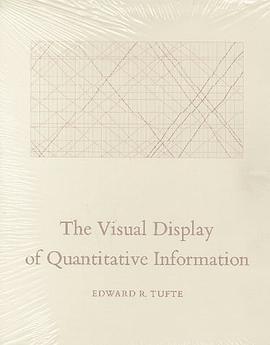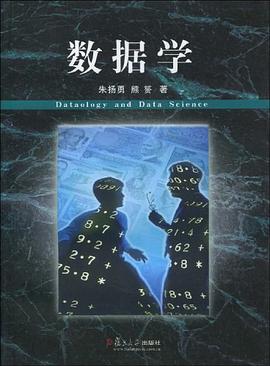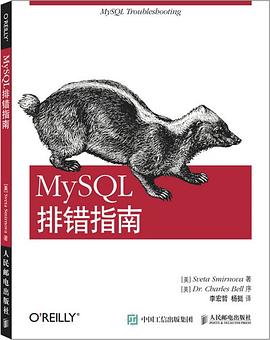BOOK I: FUNDAMENTAL ANTHROPOLOGY
Chapter 1: The Victimage Mechanism as the Basis of Religion
Acquisitive Mimesis and Mimetic Rivalry; The Function of the Law: Prohibiting Imitation; The Function of Ritual: Imperative Mimesis; Sacrifice and the Victimage Mechanism; The Theory of Religion
Chapter 2: The Development of Culture and Institutions
Variants in Ritual; Sacred Kingship and Central Power; The Polyvalence of Ritual and the Specificity of Institutions; The Domestication of Animals and Ritual Hunting; Sexual
Prohibitions and the Principle of Exchange; Death and Funeral Rites
Chapter 3: The Process of Hominization
Posing the Problem; Ethology and Ethnology; The Victimage Mechanism and Hominization; The Transcendental Signifier
Chapter 4: Myth: The Invisibility of the Founding Murder
The 'Radical Elimination'; 'Negative Connotation', 'Positive Connotation'; Physical Signs of the Surrogate Victim
Chapter 5: Texts of Persecution
Persecution Demystified: The Achievement of the Modern and Western World; The Double Semantic Sense of the Word 'Scapegoat'; The Historical Emergence of the Victimage Mechanism
BOOK II: THE JUDAEO-CHRISTIAN SCRIPTURES
Chapter 1: Things hidden since the Foundation of the World
Similarities between the Biblical Myths and World Mythology; The Distinctiveness of the Biblical Myths; The Gospel Revelation of the Founding Murder
Chapter 2: A Non-Sacrificial Reading of the Gospel Text
Christ and Sacrifice; The Impossibility of the Sacrificial Reading; Apocalypse and Parable; Powers and Principalities; The Preaching of the Kingdom; Kingdom and Apocalypse; The Non-Sacrificial Death of Christ; The Divinity of Christ; The Virgin Birth
Chapter 3: The Sacrificial Reading and Historical Christianity
Implications of the Sacrificial Reading; The Epistle to the Hebrews; The Death of Christ and the End of the Sacred; Sacrifice of the Other and Sacrifice of the Self; The Judgement of Solomon; A New Sacrificial Reading: The Semiotic Analysis; The Sacrificial Reading and History; Science and Apocalypse
Chapter 4: The Logos of Heraclitus and the Logos of John
The Logos in Philosophy; The Two Types of Logos in Heidegger; Defining the Johannine Logos in Terms of the Victim; 'In the Beginning . . .'; Love and Knowledge
BOOK III: INTERDIVIDUAL PSYCHOLOGY
Chapter 1: Mimetic Desire
Acquisitive Mimesis and Mimetic Desire; Mimetic Desire and the Modern World; The Mimetic Crisis and the Dynamism of Desire; The Mimesis of Apprenticeship and the Mimesis ofRivalry; Gregory Bateson's 'Double Bind'; From ObjectRivalry to Metaphysical Desire
Chapter 2: Desire without Object
Doubles and Interdividuality; Symptoms of Alternation; The Disappearance of the Object and Psychotic Structure;Hypnosis and Possession
Chapter 3: Mimesis and Sexuality
What is known as 'Masochism'; Theatrical 'Sado-Masochism'; Homosexuality; Mimetic Latency and Rivalry; The End of Platonism in Psychology
Chapter 4: Psychoanalytic Mythology
Freud's Platonism and the Use of the Oedipal Archetype; How do you reproduce a Triangle?; Mimesis and Representation; The Double Genesis of Oedipus; Why Bisexuality?;
Narcissism: Freud's Desire; The Metaphors of Desire
Chapter 5: Beyond Scandal
Proust's Conversion; Sacrifice and Psychotherapy; Beyond the Pleasure Principle and Structural Psychoanalysis; The DeathInstinct and Modern Culture; The Skandalon
To Conclude
Notes
Bibliography
Index
· · · · · · (
收起)






















